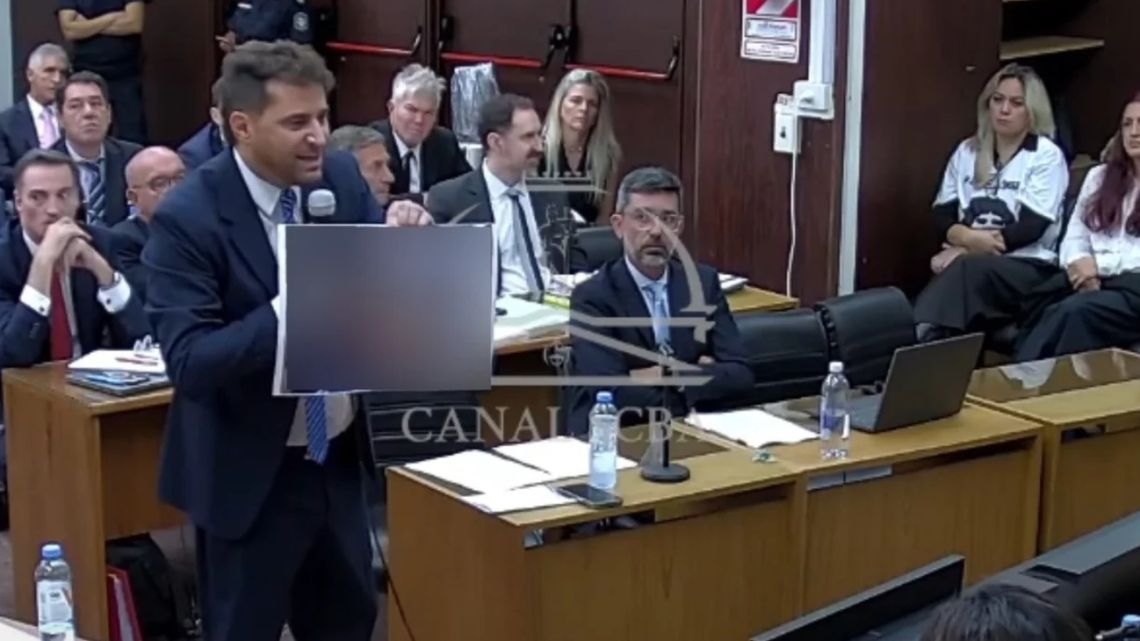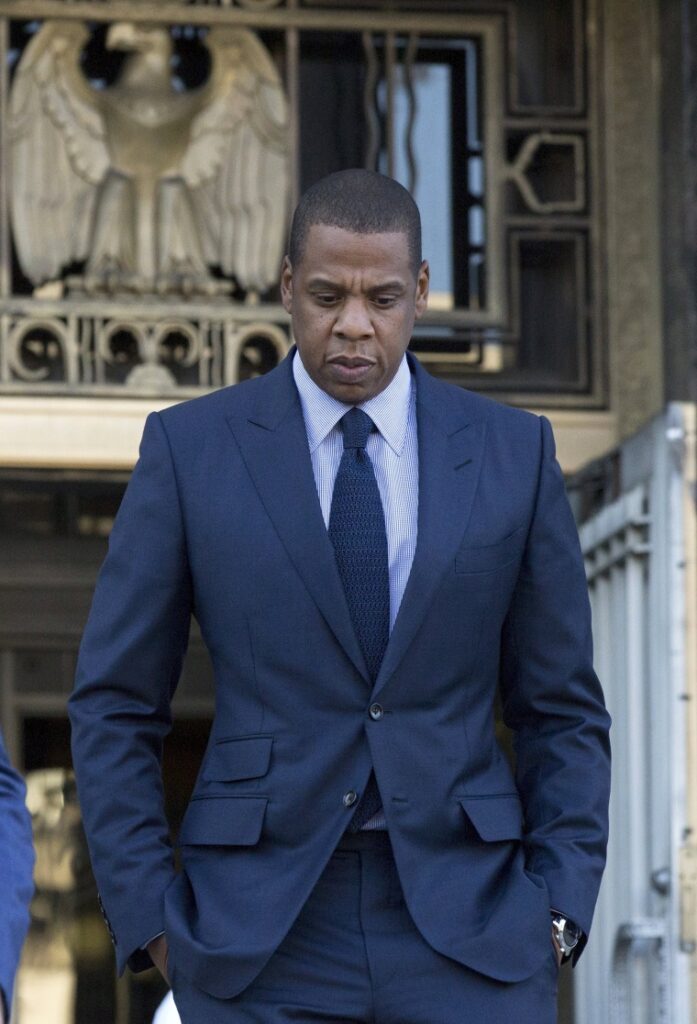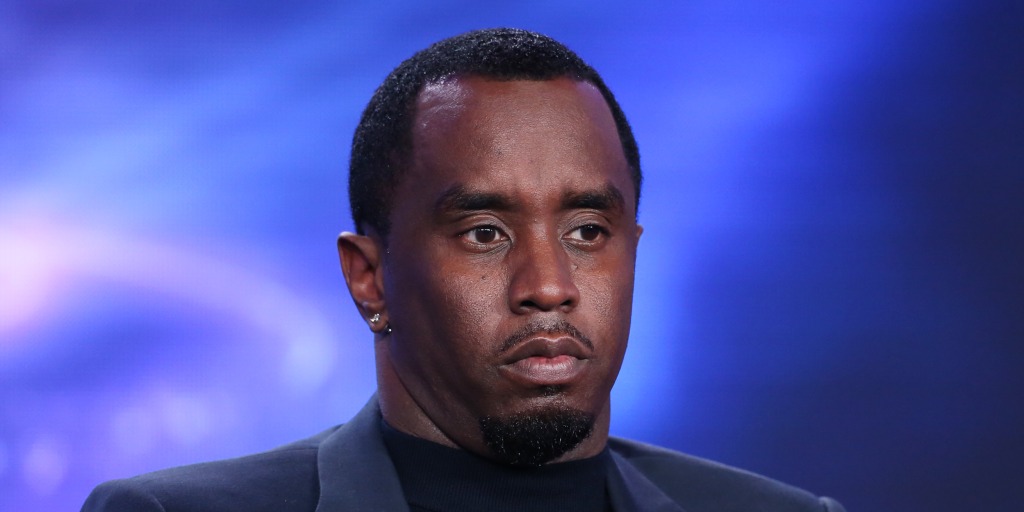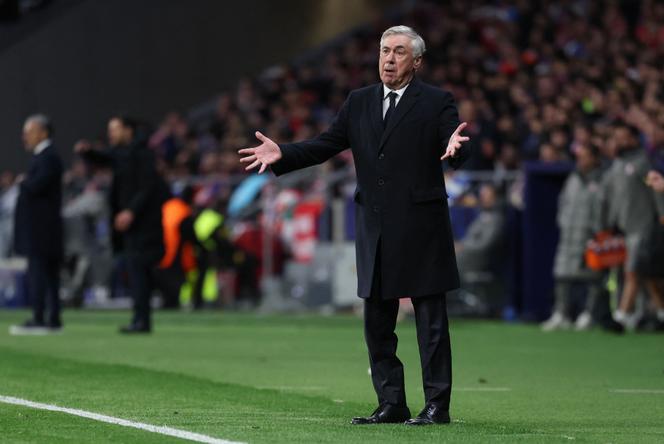Now Reading: Maradona’s Final Hours: Shocking Details Emerge in Medical Negligence Trial
-
01
Maradona’s Final Hours: Shocking Details Emerge in Medical Negligence Trial

Maradona’s Final Hours: Shocking Details Emerge in Medical Negligence Trial
Heartbreaking Details Emerge About Soccer Icon’s Final Hours
Devastating new evidence has emerged in the ongoing trial surrounding Diego Maradona’s death, revealing the football legend endured a grueling 12-hour struggle before passing away in 2020. According to forensic experts testifying in court, the World Cup hero suffered in a dark, unsuitable room while experiencing severe respiratory distress that experts say should have been obvious to any medical professional.
Seven medical professionals currently face culpable homicide charges in connection with the death of the 1986 Argentina World Cup champion, who died following heart failure at age 60. If convicted, they could face up to 25 years in prison. All defendants have denied the charges against them.

“A Heart Twice the Normal Size”: The Shocking Medical Evidence
Forensic expert Carlos Mauricio Casinelli presented disturbing evidence showing Maradona’s heart had swollen to double the normal size, weighing 503 grams—heavier than a regulation football. The autopsy revealed brain clots that Casinelli described as a “sign of agony” and approximately 4.5 liters of fluid accumulated in the football star’s organs.
“The heart was completely covered in fat and blood clots, which indicate agony,” Casinelli testified. “This is a patient who had been collecting water over the days; that’s not acute. This was something that was foreseeable. Any doctor examining a patient would find this.”
Perhaps most troubling was Casinelli’s assertion that these symptoms had been developing for at least 10 days—suggesting medical professionals had ample opportunity to intervene and potentially save the icon’s life.

Unsuitable Conditions for Home Recovery
Maradona had been recovering at home following surgery for a brain blood clot earlier in November 2020. However, the conditions of his recovery location have come under intense scrutiny during the trial.
“It was a dark, partitioned room, with a bed in the middle of the room and a portable toilet,” Casinelli stated during his testimony. “It didn’t seem like a suitable place for what we later learned was home hospitalization.”
Forensic doctor Federico Corasaniti supported claims that Maradona’s death was not sudden but rather a gradual deterioration that should have been apparent to caregivers. Corasaniti testified that Maradona’s lung condition was so severe that the respiratory distress would have been audible to anyone nearby.
“From my experience with the generalized edema, the difficulty he must have had breathing and exchanging gases, and the sounds in his lungs that are audible just by bringing his face close,” Corasaniti explained. “In my opinion as a doctor, it wasn’t a sudden event.”
“A Mafia of Assassins”: The Family’s Fight for Justice
Maradona’s daughter Dalma has been outspoken about what she describes as a conspiracy surrounding her father’s death. She recently shared audio recordings that allegedly prove serious irregularities in his medical care and claims a “mafia” was responsible for his death.
“My mother is worried because she is afraid,” Dalma revealed on a recent television appearance. “Afraid of the mafia, of those who control everything, have money and power. But I don’t care. I know who I am up against, but I cannot remain silent. We need people to know the truth.”

Dalma claims to have evidence of conversations about cover-ups and professional negligence that contributed to her father’s death. The Maradona family has consistently alleged that with proper medical care, the football legend’s death could have been prevented.
A Troubled Life Before a Tragic End
While Maradona’s legendary status in football remains untouchable, his life off the pitch was marked by decades of struggles with drug addiction, obesity, and alcoholism. Reports indicate he nearly died in both 2000 and 2004 due to health complications.
Despite these long-term health issues, prosecutors argue his death was not inevitable at that time. Their case centers on the claim that proper medical supervision could have identified the warning signs and prevented the football icon’s death through appropriate intervention.
The world mourned when Maradona passed just two weeks after his brain surgery in November 2020. He is remembered not only for his incredible talent but for the iconic “Hand of God” goal and his other spectacular goal against England in the 1986 World Cup quarter-final—later voted “Goal of the Century.”

A Legacy Beyond the Controversy
As the trial continues, football fans worldwide continue to honor the legacy of one of the sport’s greatest talents. Regardless of the outcome, Maradona’s influence on football and his status as an Argentine national hero remain undimmed.
The case serves as a stark reminder of the human vulnerability behind sports stardom and raises important questions about the responsibility of medical professionals caring for high-profile patients. As more evidence comes to light, the football world watches closely, hoping for justice for a legend whose brilliance on the field was matched only by his complicated life off it.












